Location
Atlanta, Georgia
Completion Date
2005
Area and Attributes
- 550,000 sf
- Largest tank holds 6.2 million gallons
- Total aquarium holds 8 million gallons
- 60 total exhibits
- 500 plus different species
- Over 100,000 total animals
- 1,600 seat ballroom
- Water recirculates every 85 minutes
- Aquarium uses less water than a typical office building
- 1,600 space parking garage
Service Type
Full service planning, architecture and interior design
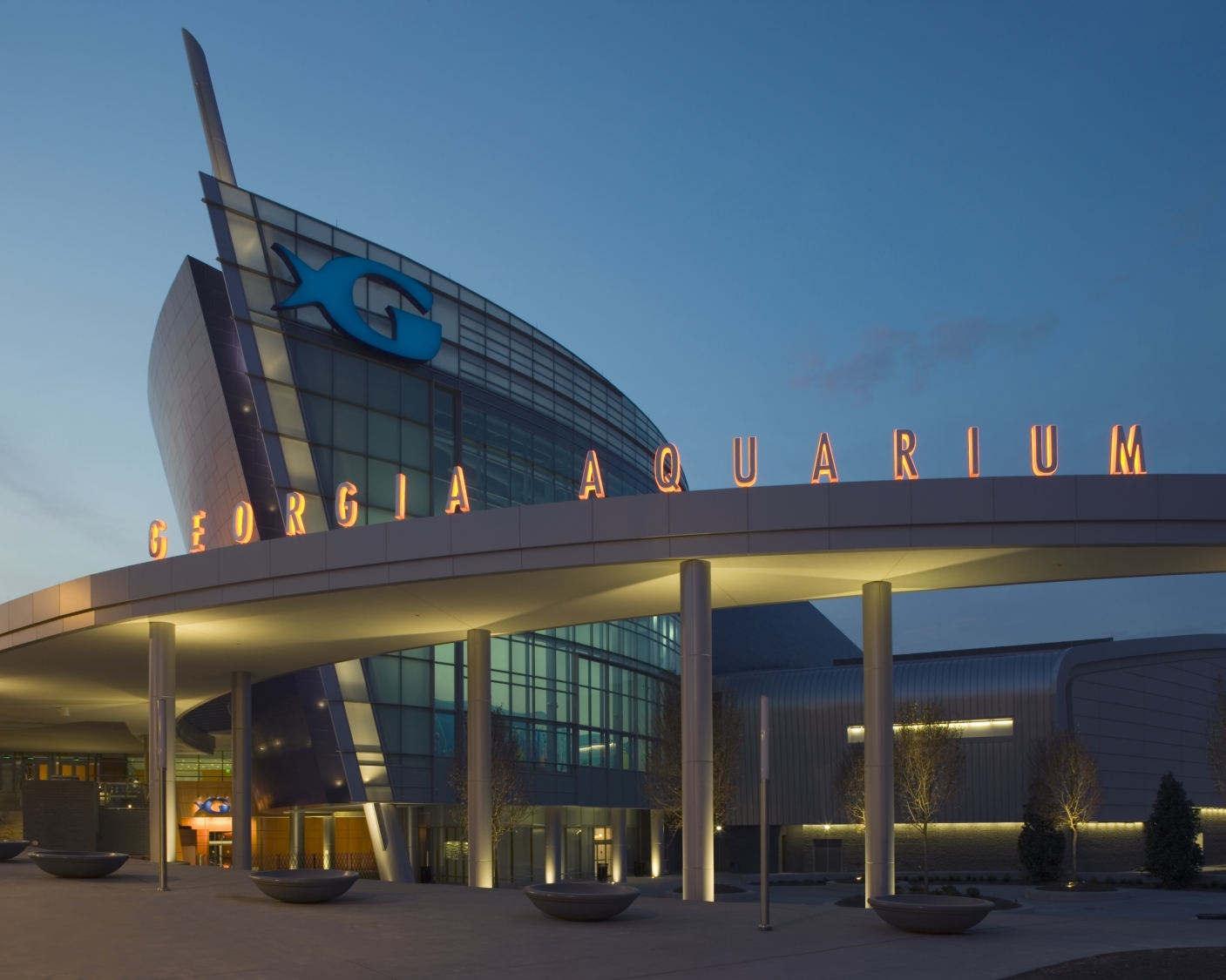
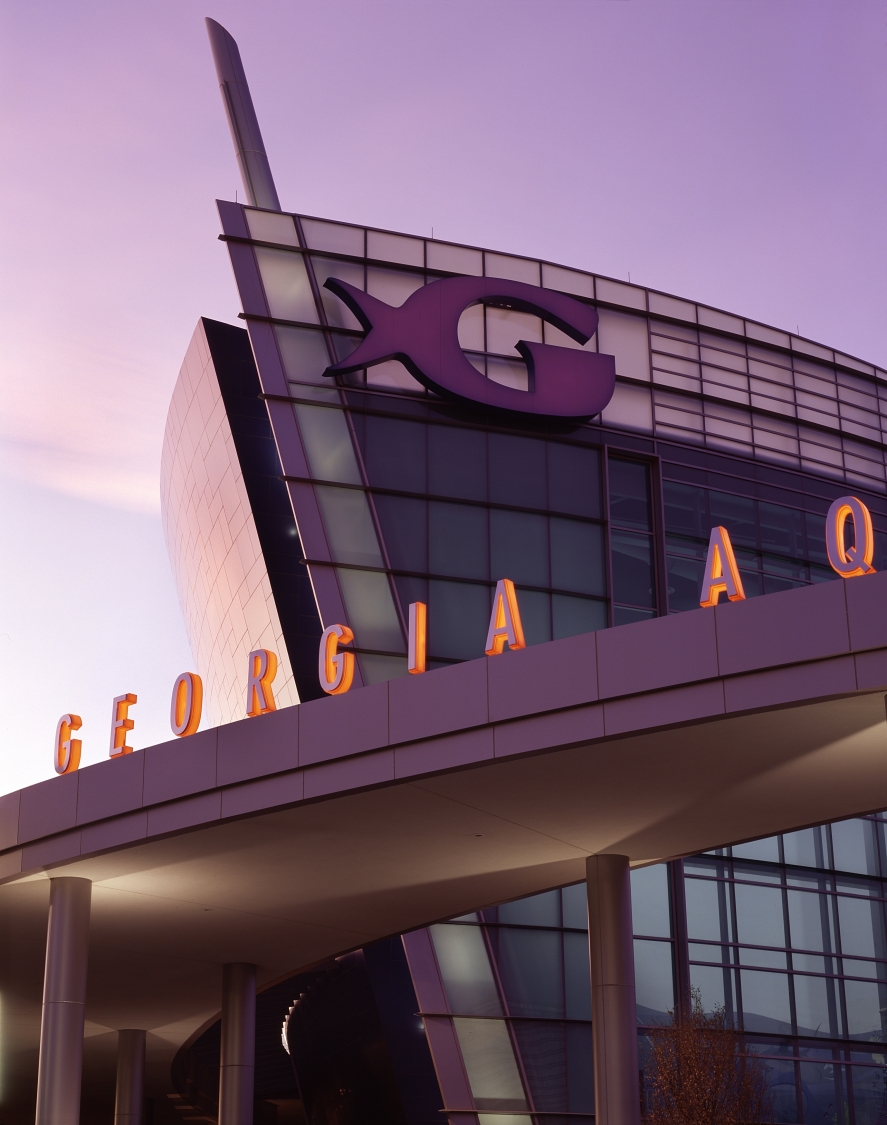
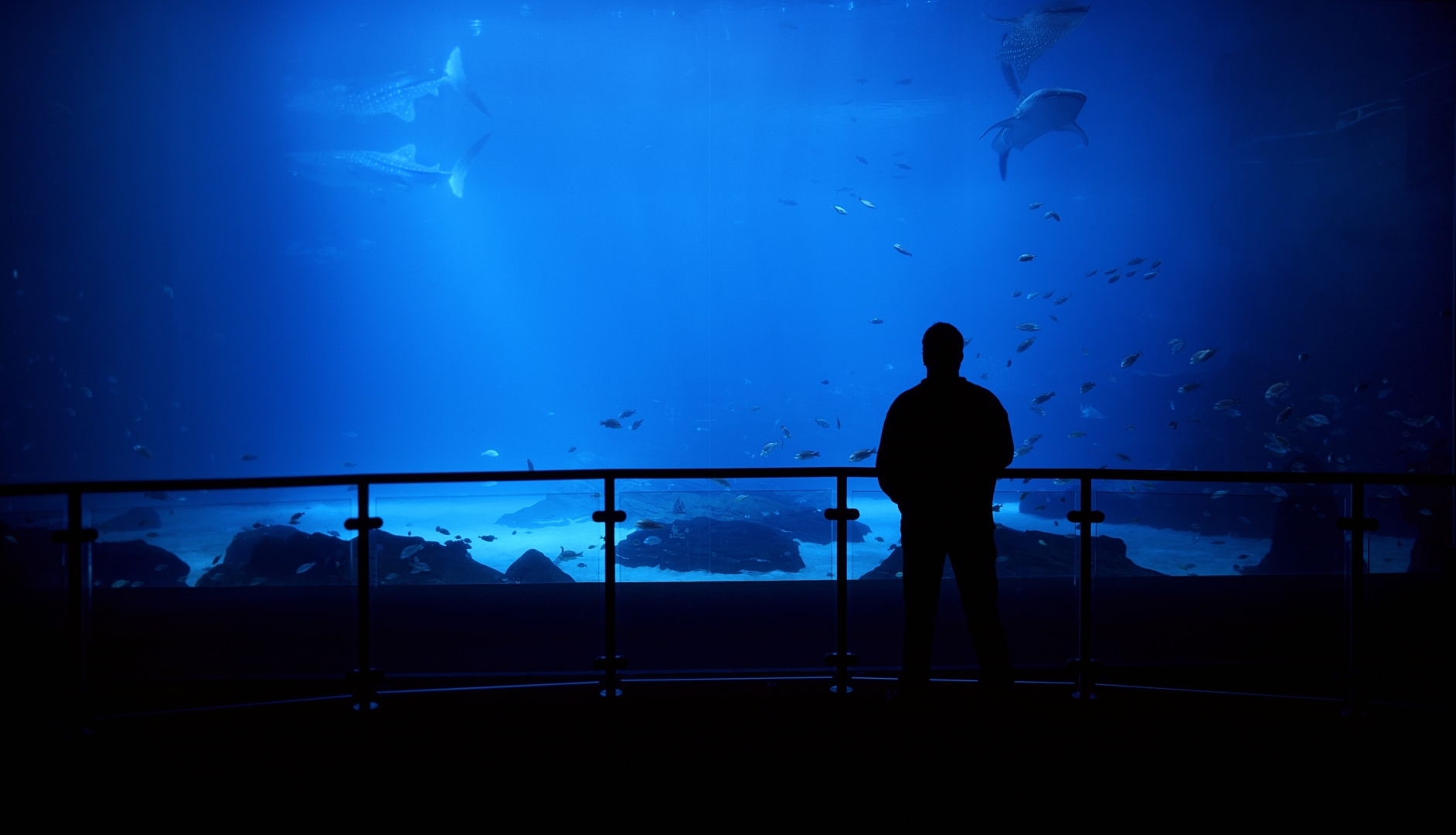
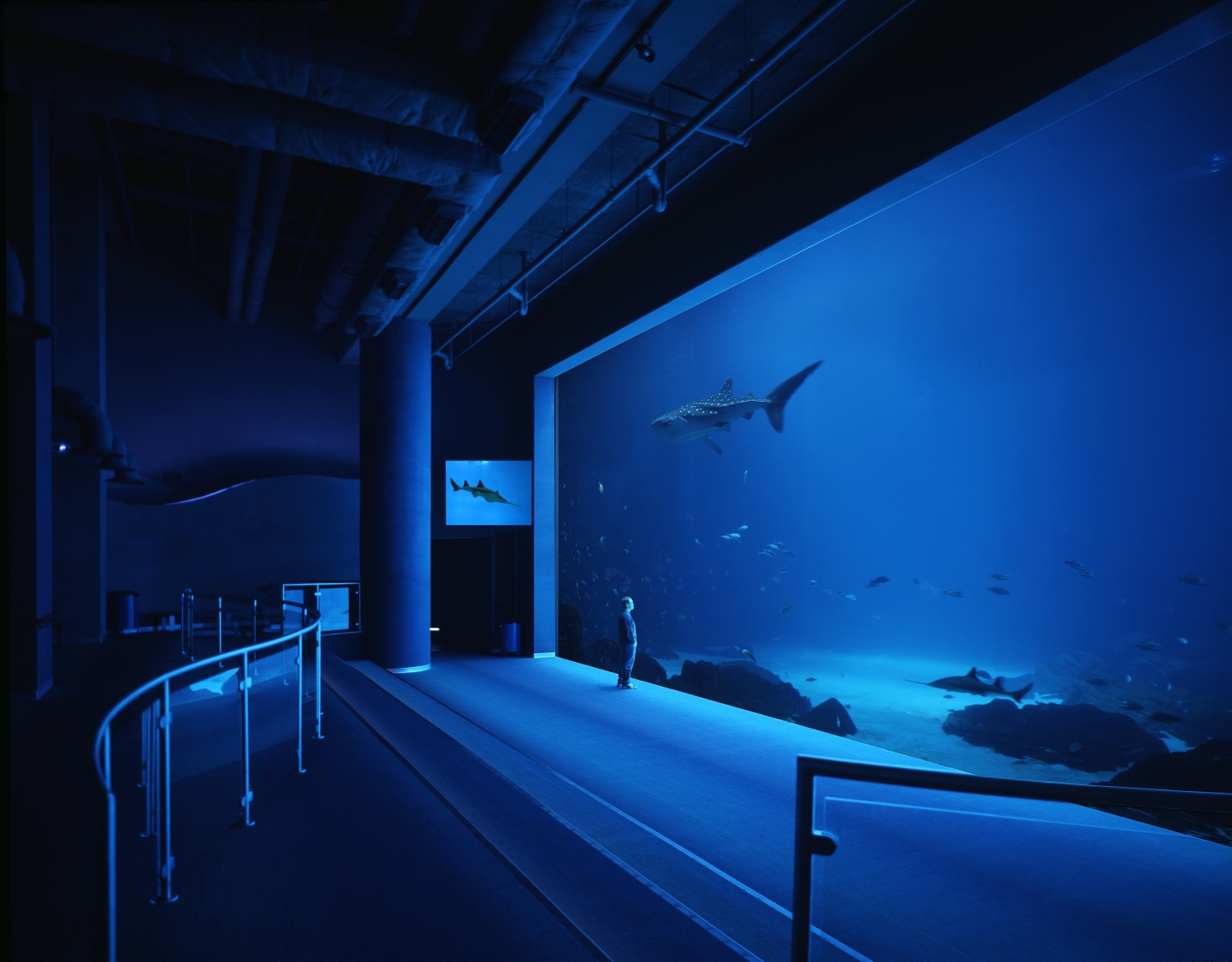
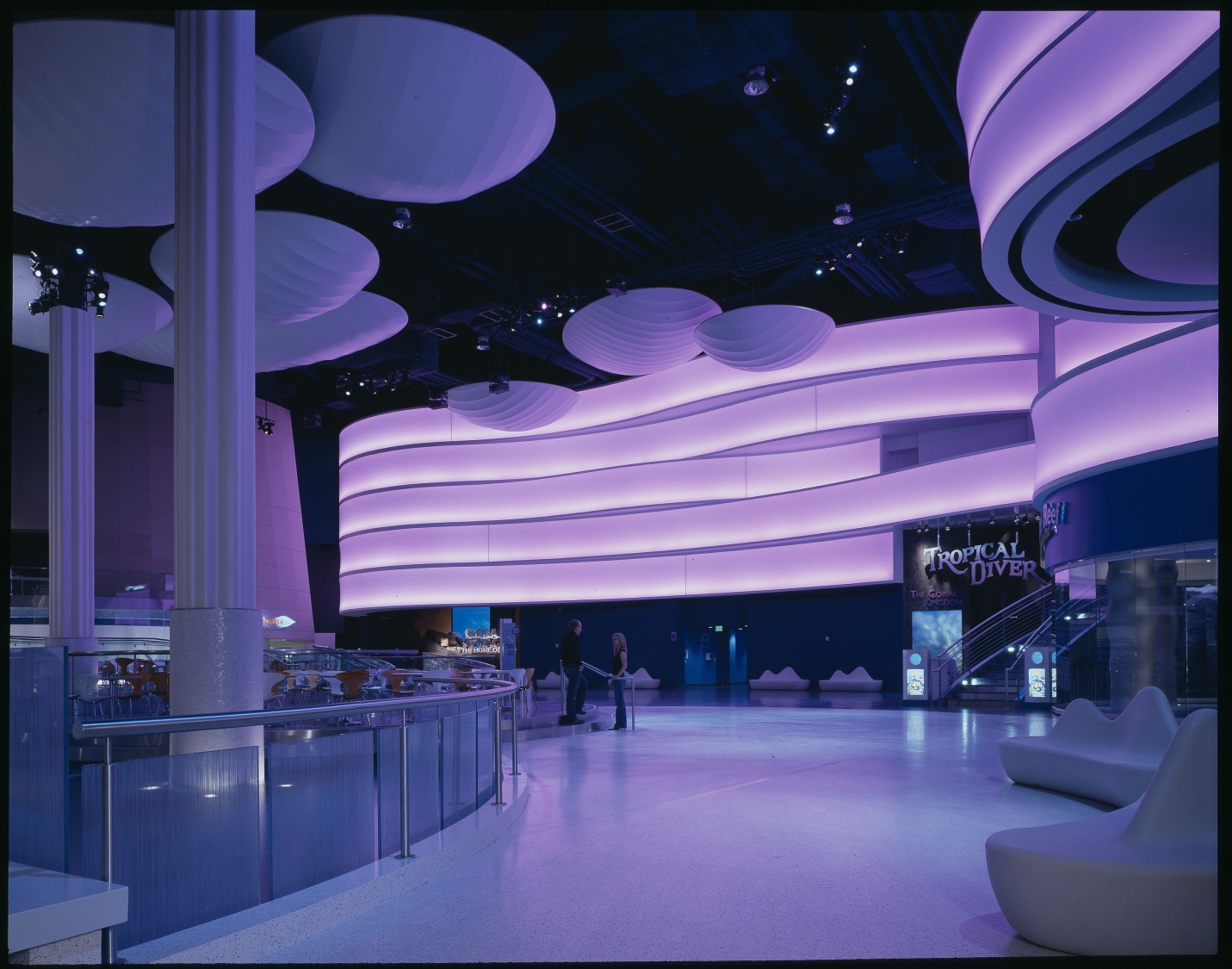
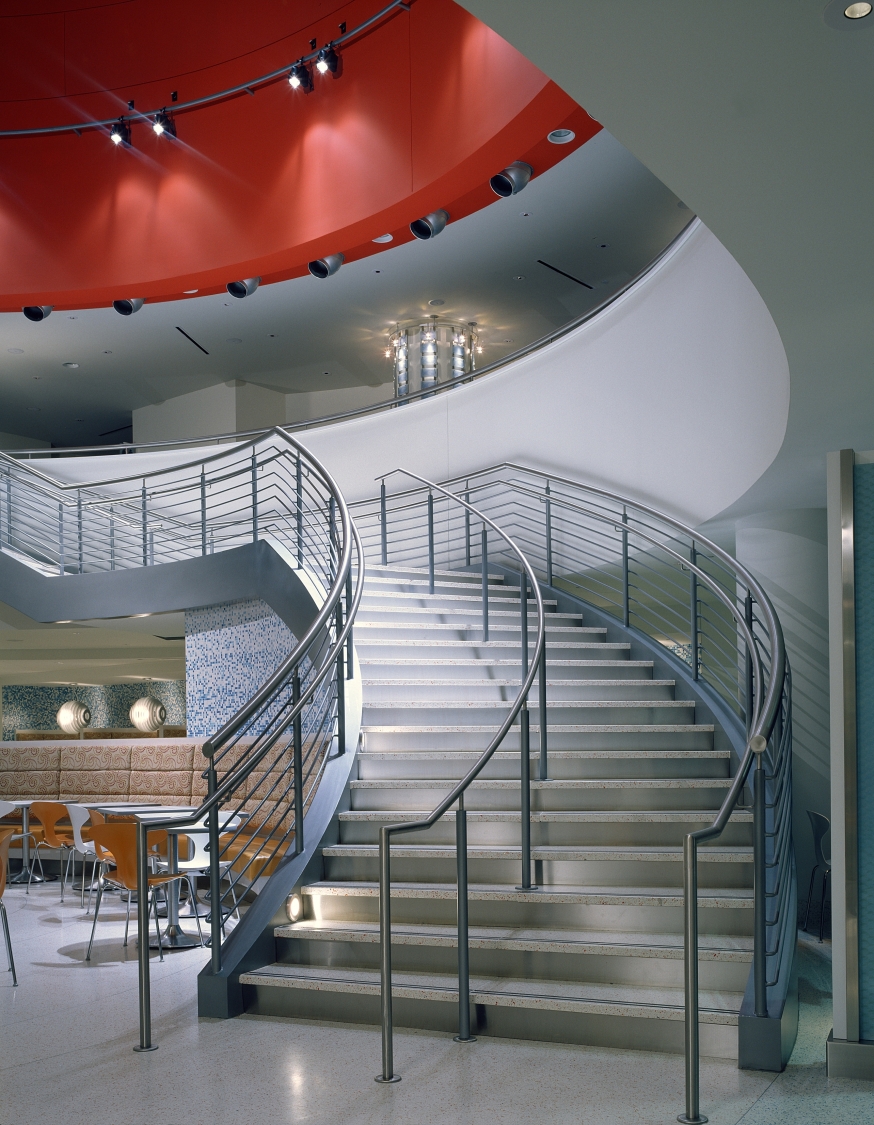
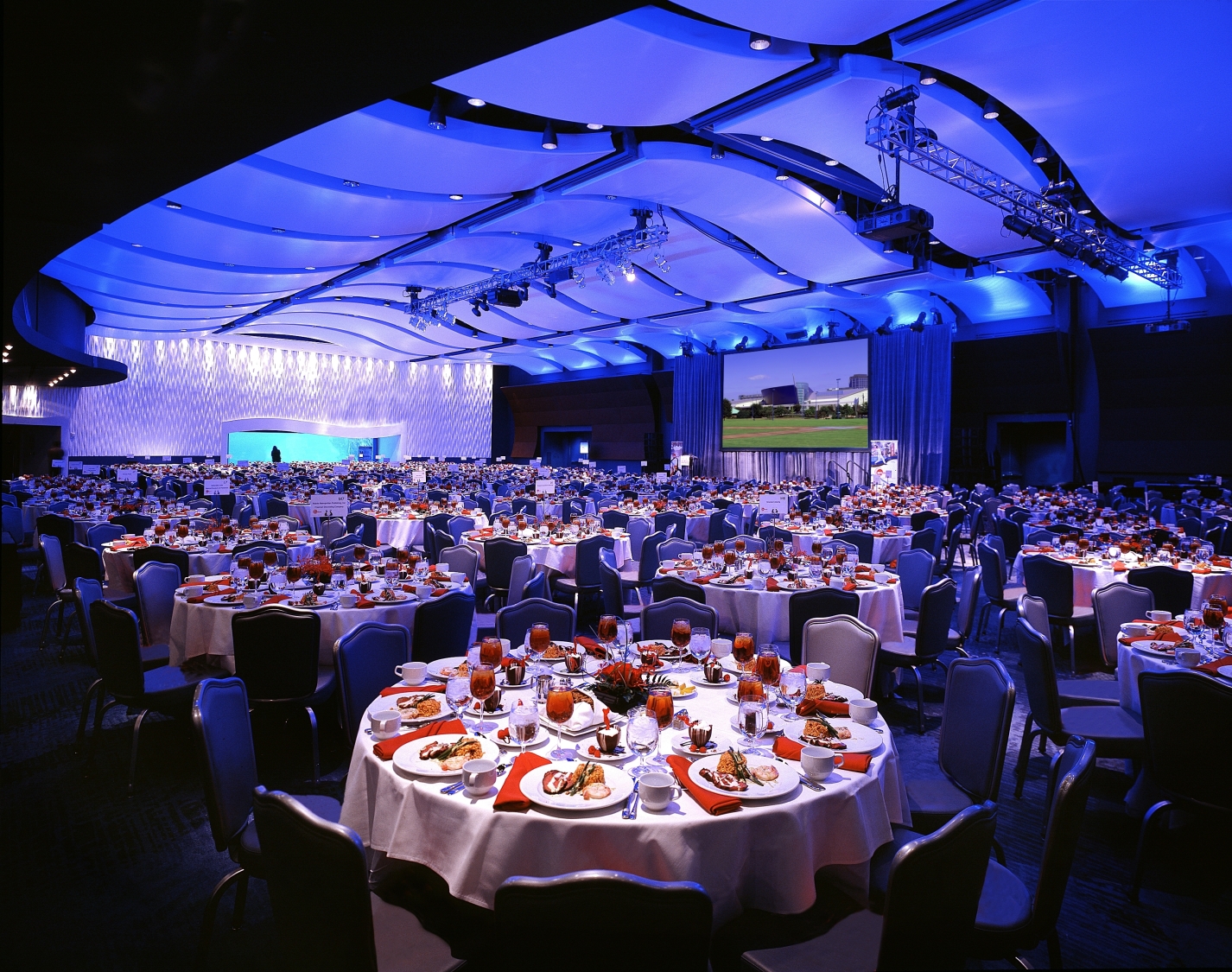
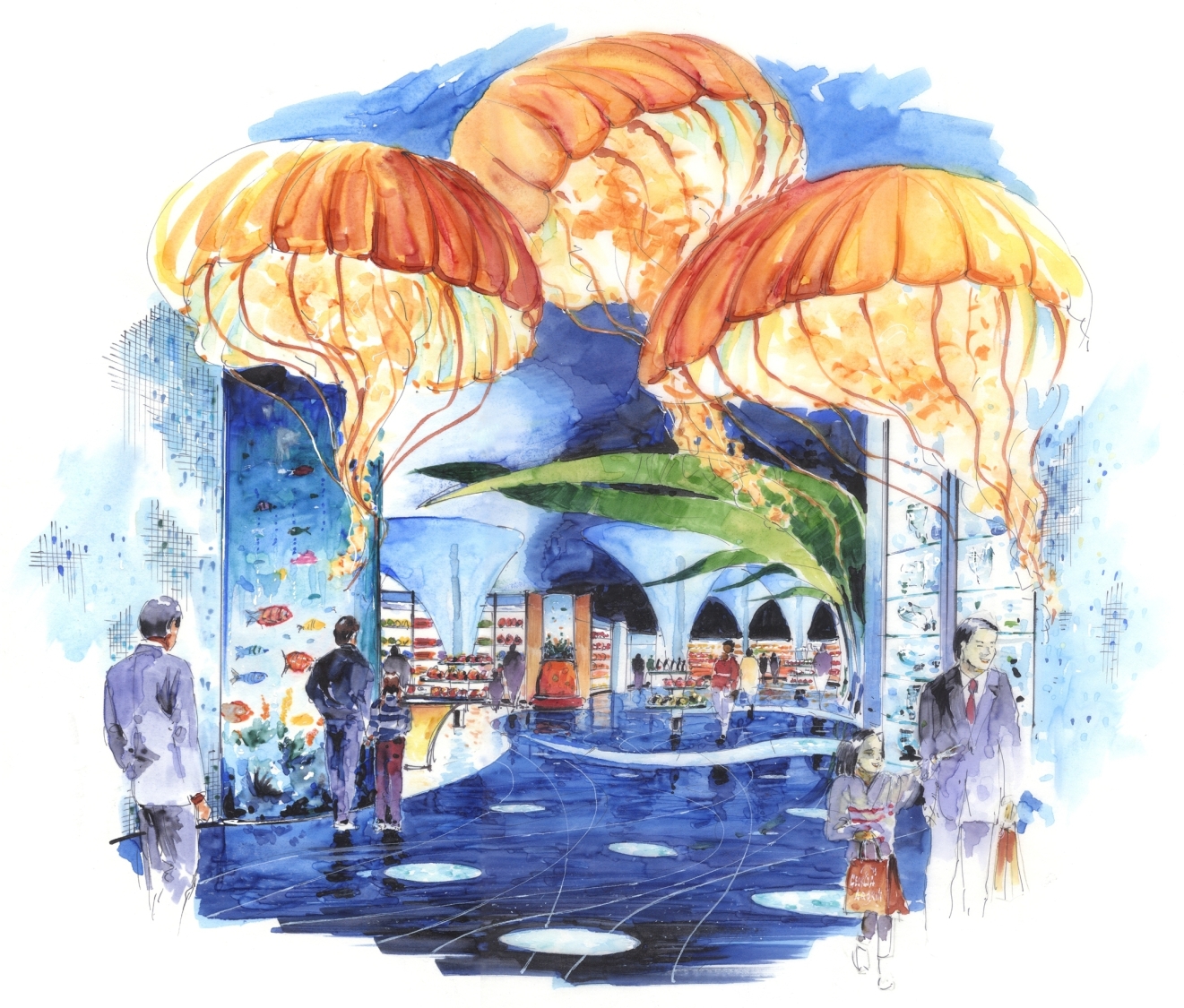
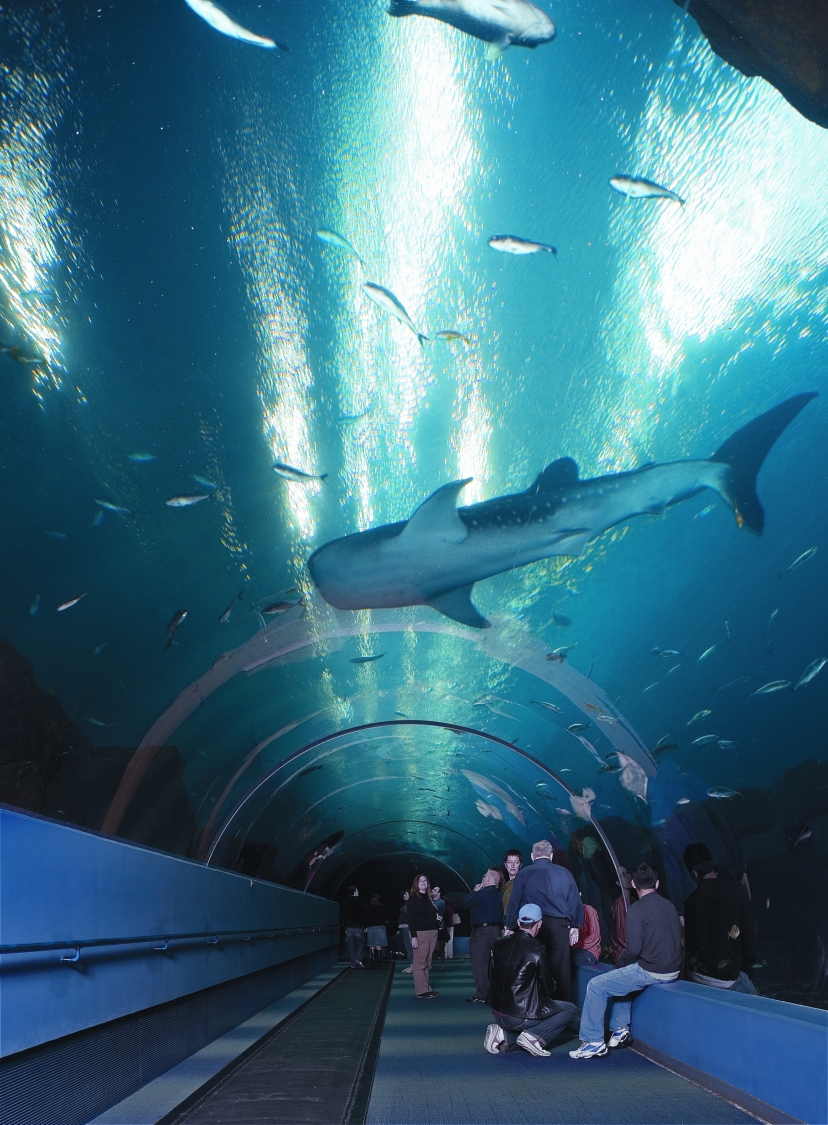
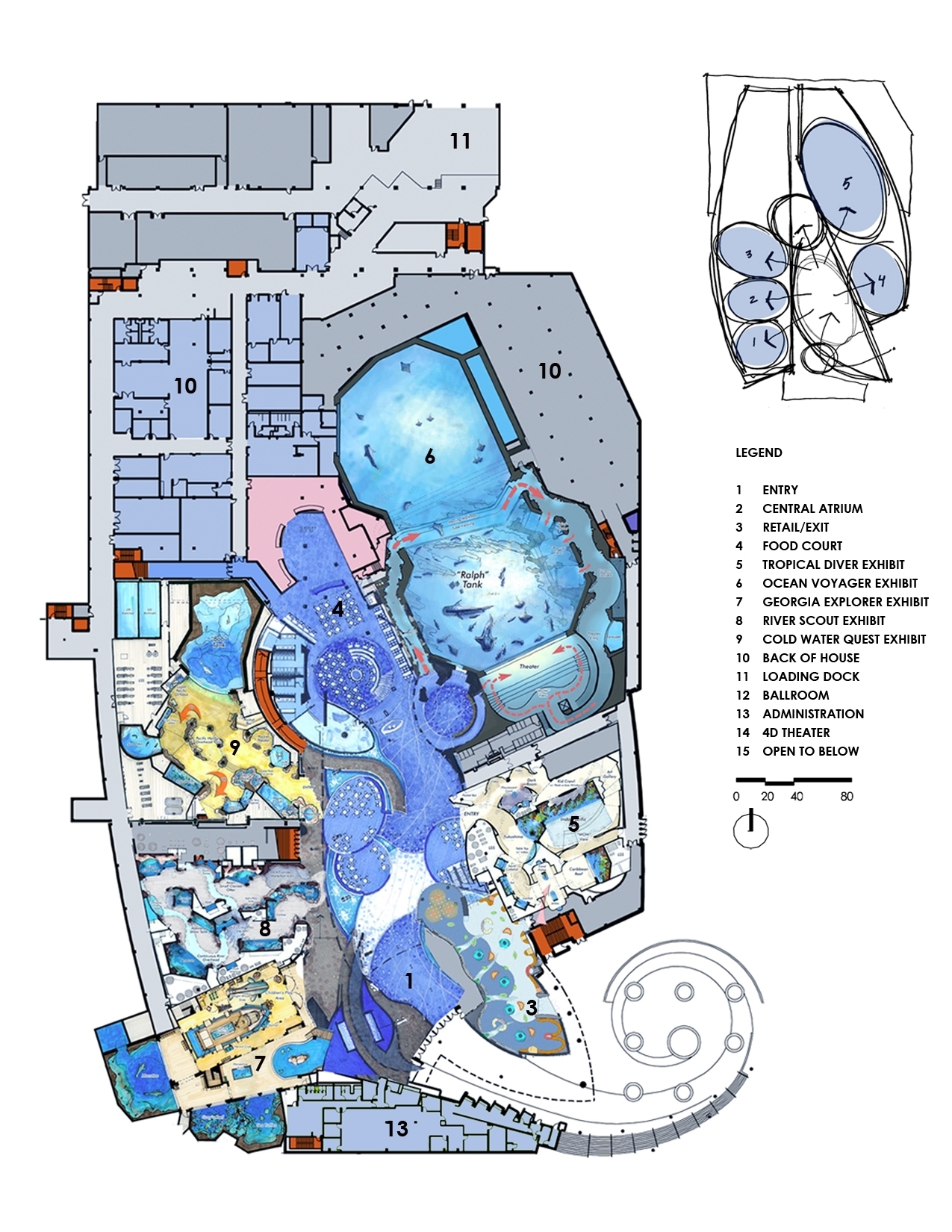
The design of the Georgia Aquarium purposely breaks away from Atlanta’s street grid and its indigenous architectural aesthetic. A vessel of conservation, preservation and education, represented by the large blue metal body, slices into this world 'without walls' to shed light into the deepest seas. Conceived as an urban composition of expressive architectonic forms the aquarium represents a large body of water, undulating against the Baker Street 'shoreline' opposite Centennial Park.
Given Atlanta’s land-locked address, the design team focused on the importance of immersion, wrapping the guest into the underwater world from start to finish, coming face to face with some of the most incredible ocean creatures. The design of the Georgia Aquarium shifts the paradigm of what is an aquarium and how its visitors will interact with its inhabitants.
MASTER PLAN TEXT
The Georgia Aquarium was conceived as more than a standalone attraction—it was a catalyst project within a broader Museum District master plan, anchoring a civic vision that blends culture, education, and urban vitality. Strategically positioned across from Centennial Olympic Park, the aquarium helped establish a dynamic public realm that includes not only immersive aquatic experiences, but also key supporting mixed-use components such as a large-scale ballroom complex and a multi-level parking deck, both of which serve the district and support a variety of events and visitors beyond the aquarium itself.
From the beginning, the design aimed to shift the paradigm—not simply redefining what an aquarium could be, but embedding it into a larger urban framework that supports community gathering, economic development, and cultural connection.